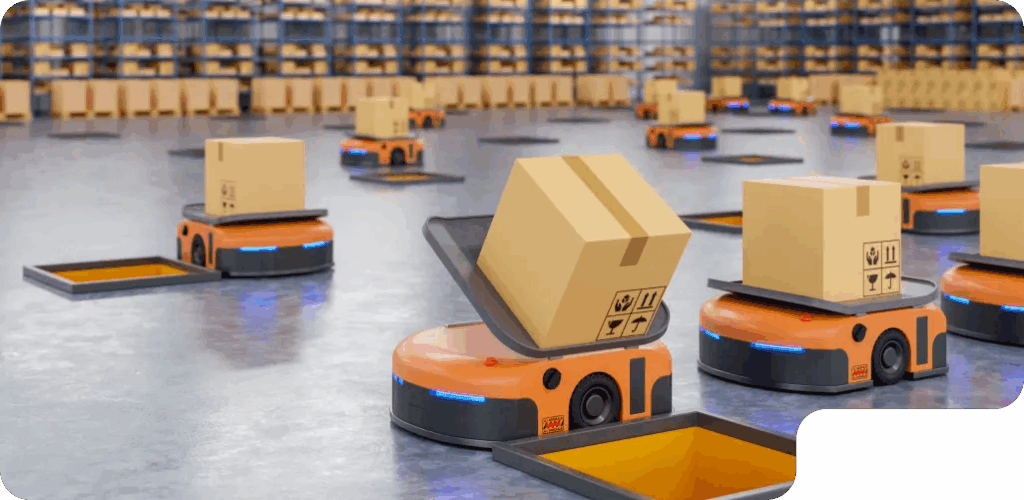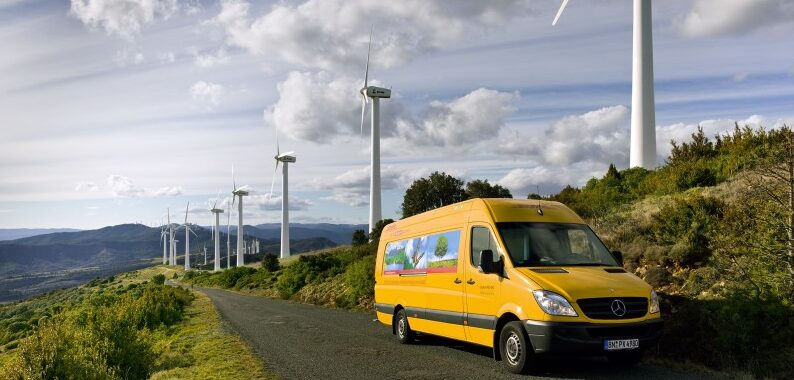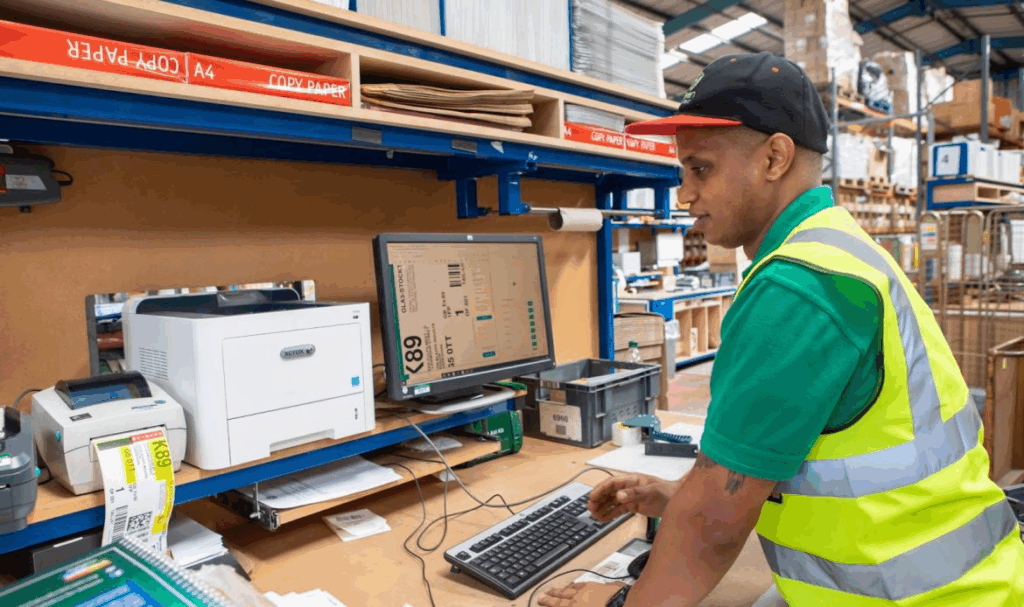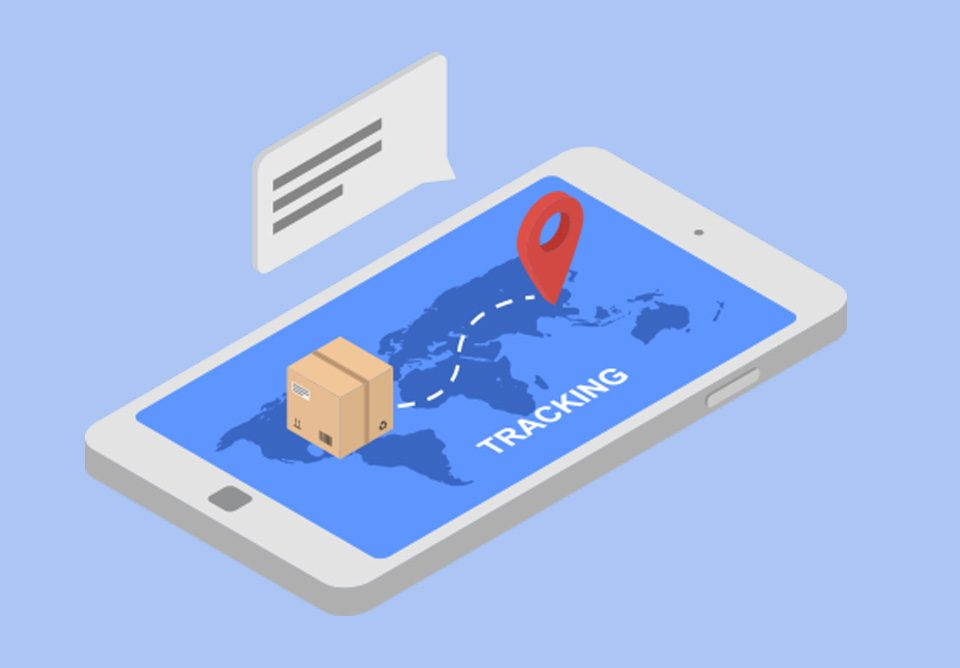可持续的电子商务履行:绿色物流
可持续发展 电子商务履行 has moved from a trend to a necessity. Modern consumers are no longer satisfied with just fast delivery—they want environmentally responsible options. Green logistics practices such as eco-friendly packaging, carbon-neutral shipping, and reverse logistics are shaping the future of global trade. Brands that embrace these practices can stand out, reduce environmental impact, and win the loyalty of eco-conscious buyers.

Why Sustainable Fulfillment Matters
Rising Demand for Eco-Friendly Shopping
Surveys show that more than half of online shoppers prefer to buy from brands that commit to sustainability. Shoppers look for recycled materials, plastic-free packaging, and green delivery options. Companies that fail to adapt risk losing customers to competitors who prioritize the environment.
Regulatory and Social Pressure
Governments are introducing stricter environmental regulations. At the same time, social media amplifies consumer voices, rewarding brands that go green and criticizing those that ignore sustainability. Fulfillment practices are central to these discussions, making green logistics an essential business strategy.
1. Eco-Friendly Packaging
Why Packaging Is the First Step
Packaging is often the customer’s first physical interaction with a brand. Overpackaging or excessive plastic can send the wrong message. Eco-friendly packaging not only reduces waste but also strengthens brand reputation.
Types of Sustainable Packaging
- Recycled cardboard: Strong, lightweight, and easy to source.
- Compostable mailers: Made from cornstarch or plant-based materials.
- Reusable boxes: Encourage customers to return packaging for reuse.
- Minimalist design: Eliminating unnecessary layers and fillers.
为企业带来的益处
- 较低 海运 costs with lighter materials
- Reduced waste disposal fees
- Stronger appeal to environmentally conscious consumers
2. Carbon-Neutral Delivery

What Carbon-Neutral Delivery Means
Carbon-neutral delivery offsets the emissions created during transport. Carriers calculate the CO₂ produced and invest in renewable energy, tree planting, or clean energy projects to balance it out.
Strategies for Brands
- Partner with logistics companies that offer carbon-neutral shipping.
- Use electric or hybrid delivery vehicles for urban routes.
- Offer customers the option to pay a small fee to offset emissions.
Consumer Perception
Eco-conscious buyers appreciate knowing their purchase arrives without harming the planet. Highlighting carbon-neutral options during checkout can increase conversion rates and boost customer trust.
3. Reverse Logistics for Returns
The Role of 逆向物流
Returns are a major part of e-commerce, but they create waste and emissions. A green approach to reverse logistics reduces the environmental footprint while still providing convenience.
Sustainable Return Solutions
- Encourage exchanges over full returns
- Offer drop-off points to consolidate returned goods
- Resell, recycle, or donate returned items instead of discarding them
- Use smart routing to reduce miles traveled for return shipments
Business Advantages
- Reduced waste handling costs
- Opportunity to resell gently used products
- Improved brand image with customers who value circular economy efforts
4. Technology and Data in Green Fulfillment

Smarter Routing
Advanced logistics software can optimize delivery routes, cutting fuel consumption and emissions. Route optimization not only reduces carbon impact but also lowers operational costs.
仓库自动化
Energy-efficient 仓库 equipped with automated systems consume less electricity and reduce waste. Examples include LED lighting, solar panels, and AI-driven storage solutions that minimize unnecessary movement.
Data Transparency
Sharing environmental impact reports with customers builds trust. Some companies now provide a “carbon footprint per order” metric, making the effect of each purchase clear.
5. Collaboration with Green Carriers
Choosing the Right Partners
Not all logistics partners operate with sustainability in mind. Businesses should evaluate carriers based on their green initiatives.
Key Criteria
- Use of renewable energy in operations
- Fleet of electric or hybrid vehicles
- 参与碳补偿计划
- Commitment to recycling packaging materials
Benefits of Collaboration
Aligning with eco-friendly carriers demonstrates long-term responsibility. It also helps businesses scale green practices without building an entire sustainable logistics network from scratch.
6. Consumer Engagement and Education

Turning Shoppers into Advocates
Sustainability is most powerful when consumers actively participate. Brands can invite customers to join their green mission.
Engagement Ideas
- Incentives for customers who choose slower, eco-friendly shipping
- Discounts for returning packaging materials
- Rewards for choosing carbon-neutral delivery options
- Storytelling campaigns that highlight environmental efforts
The Impact
When customers feel part of a green journey, they develop deeper loyalty. Word-of-mouth advocacy grows as eco-conscious buyers share their positive experiences online.
7. Balancing Cost and Sustainability
Overcoming the “Green Premium”
Many businesses worry that sustainable 满足 costs more. While eco-friendly packaging and carbon offsets may require initial investment, long-term savings and customer loyalty outweigh short-term expenses. Brands that focus only on upfront costs often miss the hidden benefits of reduced waste, fewer returns, and better carrier relationships. In many cases, sustainability initiatives lead to operational efficiencies that traditional methods cannot match.
Cost-Saving Approaches
- Bulk purchasing of sustainable packaging
- Partnering with regional green carriers for better rates
- Using analytics to reduce failed deliveries and returns
- Marketing green efforts to justify small price increases
Customer Willingness to Pay
Studies show that many consumers are willing to pay slightly more for eco-friendly delivery. Positioning sustainability as part of the brand identity can turn cost challenges into competitive advantages. When brands communicate the impact of each purchase clearly, shoppers feel they are contributing to a larger environmental mission, which strengthens emotional connections and increases repeat orders. Willing to pay slightly more for eco-friendly delivery. Positioning sustainability as part of the brand identity can turn cost challenges into competitive advantages.
8. Future of Green Logistics

Emerging Trends
- Wider adoption of electric trucks for long-haul routes
- Growth of shared delivery hubs in cities
- Development of biodegradable and reusable smart packaging
- Integration of blockchain for transparent carbon tracking
Preparing for Tomorrow
Brands that invest in green fulfillment today will be better positioned as environmental standards tighten and consumer expectations continue to rise. Early adoption creates a lasting competitive edge.
结论
Sustainable e-commerce fulfillment is no longer optional. Eco-friendly packaging, carbon-neutral delivery, and reverse logistics are key strategies that reduce environmental impact while building stronger customer relationships. By embracing green logistics, businesses show responsibility, gain trust, and future-proof their operations in a marketplace where sustainability is increasingly valued.
For companies ready to transition to eco-friendly fulfillment solutions, 邮政包裹 provides the tools and expertise to make global shipping both efficient and sustainable.
行业洞察
收件箱消息
Nulla turp dis cursus.整体释放,预留空间








